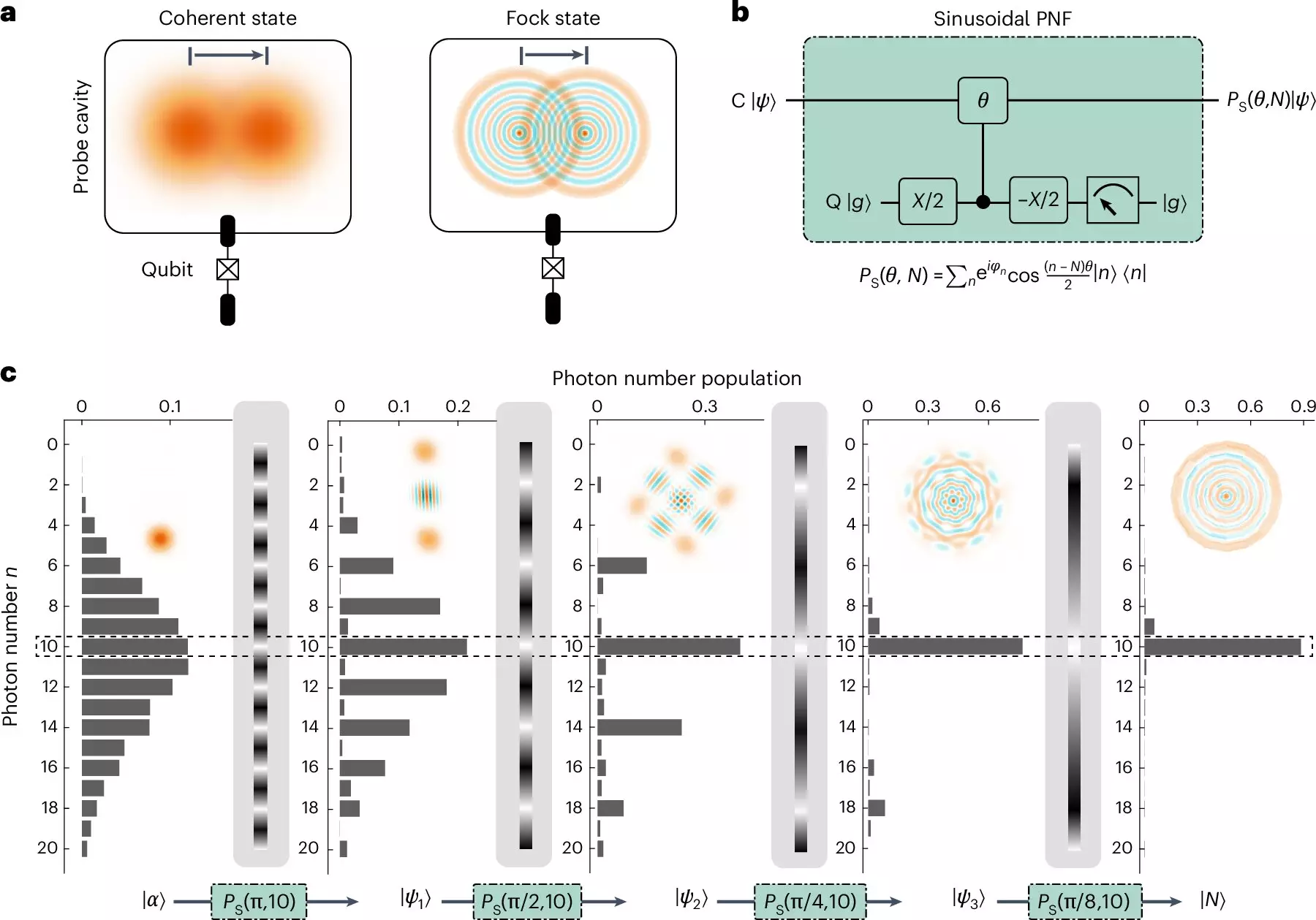In the scientific realm, precision in measurements is paramount. It drives discoveries and fuels technological advancements across disciplines, particularly in physics. High-precision measurements can illuminate unforeseen phenomena, challenging established theories and verifying experimental predictions. As researchers continue to explore the universe’s fundamental properties, collecting and interpreting accurate data remains a top priority. One of the frontiers currently being investigated is that of quantum-enhanced metrology—a field that leverages quantum mechanics to surpass the limitations imposed by classical measurement techniques.
Recent developments in quantum metrology are promising, particularly techniques that utilize non-classical states to achieve unprecedented accuracy. While it has been theoretically established that these methods could outperform classical counterparts, the intricacy of manipulating non-classical states has presented significant challenges. Researchers from notable institutions, including the International Quantum Academy, the Southern University of Science and Technology, and the University of Science and Technology of China, have made substantial strides in this area. Their research was detailed in the journal, Nature Physics, highlighting a novel approach capable of generating large Fock states comprising nearly 100 photons.
The recent investigations have focused squarely on the high-precision measurement of weak microwave electromagnetic fields. Co-author Yuan Xu described Fock states in superconducting cavities as ideal candidates for precise detection, courtesy of their “ultrafine interference structural features in phase space.” In practical terms, a minor displacement of these states due to a weak microwave field can lead to significant measurable changes. The inherent relationship between the number of photons in the Fock state and the granularity of the resulting interference patterns underscores the potential for high-resolution detection.
Xu’s team set an ambitious goal: to maximize metrological accuracy using quantum principles. Their proposed methodology for generating Fock states with significant photon numbers relies on an innovative configuration of photon number filters (PNFs). This dual-filter strategy encompasses sinusoidal and Gaussian PNF designs, which together capture and amplify the properties of photon states essential for high-precision measurements.
Utilizing sinusoidal and Gaussian PNF systems, the researchers tailored their approach to selectively filter photon states based upon the characteristics of an ancillary qubit linked to the cavity. The sinusoidal PNF integrates a conditional rotation within a Ramsey-type sequence, focusing its efforts on blocking specific cavity photon numbers. Meanwhile, the Gaussian PNF streams a qubit flip pulse with a Gaussian profile, optimizing the photon distribution and steering it towards a preferred Fock state.
What sets this innovative approach apart is its efficiency. Xu noted that the generation of large Fock states scales logarithmically with photon numbers, an improvement over previous models that required polynomial scaling. This refined efficiency not only cultivates a more practical method for large-state generation but also underscores the technique’s potential for high-precision quantum-enhanced metrology.
The implications of this research extend beyond theoretical constructs. The team achieved a significant metrological advancement with a recorded gain of 14.8 dB, critically approaching the Heisenberg limit, a boundary that delineates the fundamental limits of precision achievable through quantum mechanics. This advancement paves the way for increasingly accurate measurements that could underpin groundbreaking discoveries across various scientific fields.
Xu draws attention to the dual benefits stemming from their research: it serves as a testing ground for theoretical predictions of complex quantum behaviors in optics and mechanics while also offering tangible applications in several practical domains. This includes precision radiometry, detection of weak forces, and even the elusive search for dark matter.
Looking forward, Xu and his team aim to further enhance the coherence performance of their quantum systems while developing scalable techniques to generate Fock states with even higher photon counts. These endeavors are crucial for achieving significant metrological gains that could revolutionize measurement technologies.
The advancements in quantum-enhanced metrology not only represent a leap towards achieving unprecedented precision but also hold the promise to unlock new experimental opportunities. By marrying quantum mechanics with metrology, researchers are not only augmenting our understanding of the universe but also pushing the frontiers of science and technology, laying the groundwork for a multitude of applications in the future.


Leave a Reply